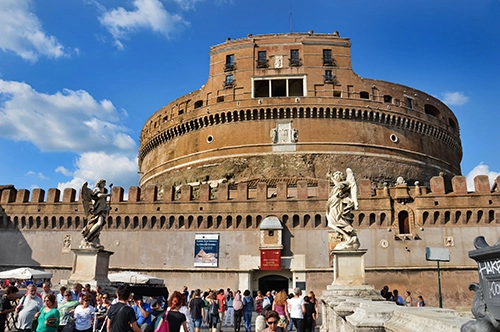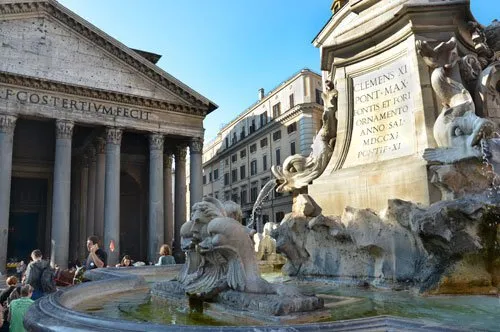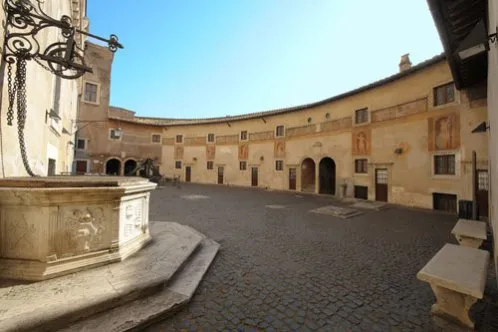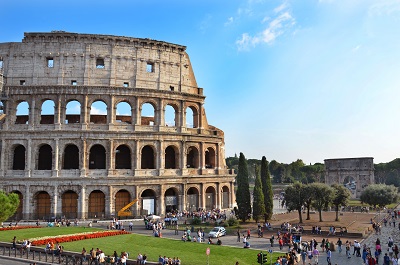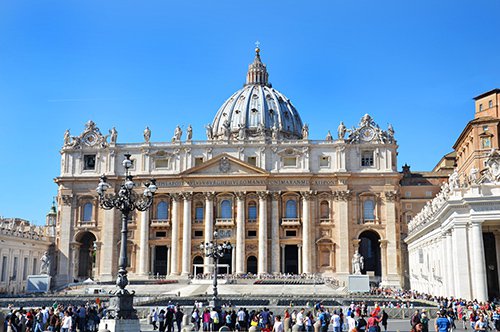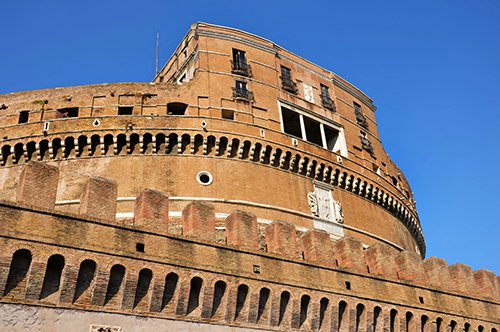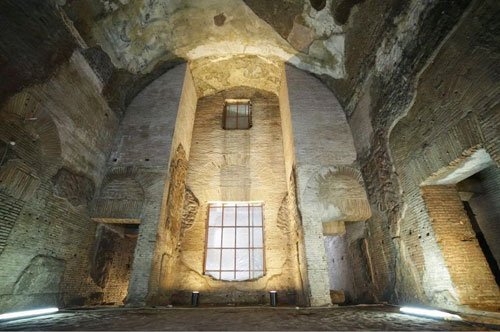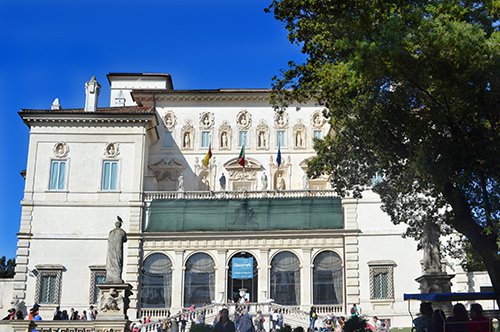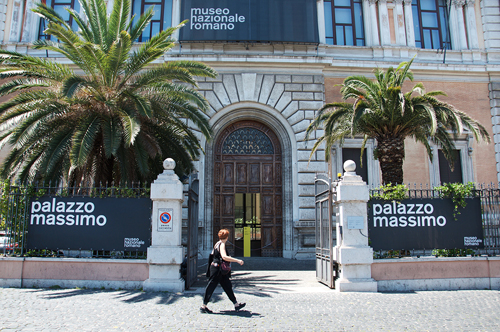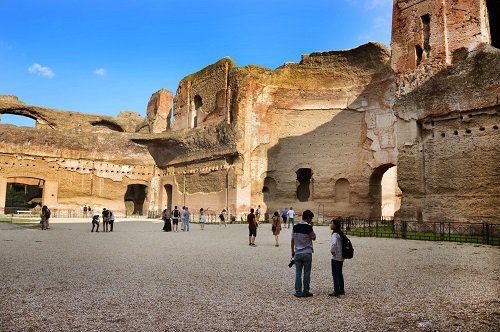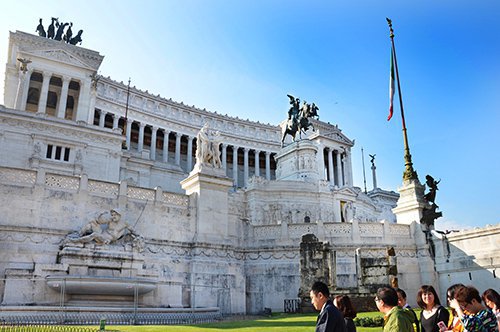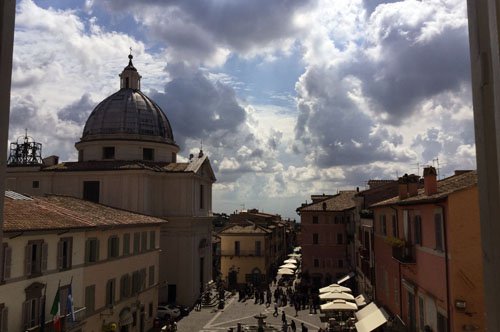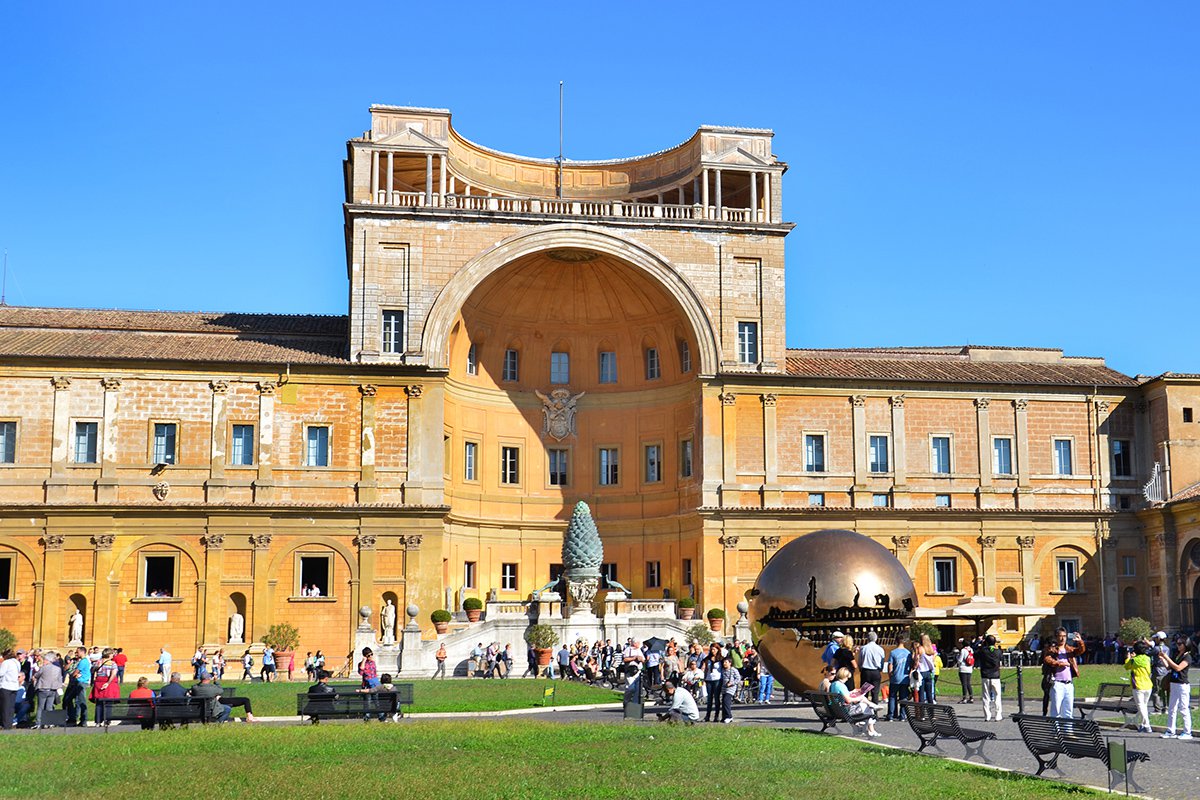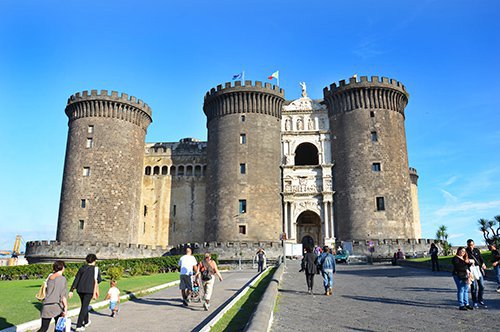Castel Sant'Angelo
All Categories
Tickets
Guided Tours
Private Tours
Castel Sant'Angelo: Book your tickets now!
Priority access Castel Sant'Angelo + Audioguide of the city of Rome
Visit one of Rome's most iconic landmarks by reserving your ticket today!
Reserved entrance
Confirmation by email
Fast track entry
E-voucher accepted
Rome city audioguide
11.00 €
Castel Sant'Angelo: Enjoy your tour with a private guide!
Castel Sant'Angelo and the Pantheon - Private Tour
Book your private guide to learn more about two symbols of Rome!
Reserved entrance
Confirmation by email
Fast track entry
E-voucher accepted
Duration: about 3 hours
Private guide
28.90 €
Castel Sant'Angelo and Campo de' Fiori - Private Guide Tour
Enter Castel Sant'Angelo skipping the line and walk through Rome with your private guide to discover Campo de' Fiori!
Reserved entrance
Confirmation by email
Fast track entry
E-voucher accepted
Duration: about 3 hours
Private guide
28.90 €
Castel Sant’Angelo and St. Peter's Square - Private Guide Tour
Visit the Saint Angelo’s Castle with an exclusive guide just for you and then admire St. Peter's Square!
Reserved entrance
Confirmation by email
Fast track entry
E-voucher accepted
Duration: about 3 hours
Private guide
28.90 €
WHY VISIT CASTEL SANT’ANGELO
To reach Castel Sant’Angelo, you cross the evocative Ponte Sant’Angelo, adorned with the famous angels sculpted by Bernini. Once inside, you find yourself immersed in a fascinating museum whose central section once served as residence for the popes. Here you can admire the Hall of the Fireplace, the Hall of Justice, the Hall of Apollo, the rooms of Clement VII, and the Chapel of Leo X. Exploring the castle’s seven levels allows you to experience the different historical eras and varied uses of Castel Sant’Angelo, culminating in one of the most beautiful panoramic terraces in Rome—the Terrace of the Angel, where you’ll find the statue of the Archangel Michael that gives the castle its name.
A BIT OF HISTORY OF CASTEL SANT’ANGELO
Emperor Hadrian, in 125 AD, was inspired by the Mausoleum of Augustus to build his own mausoleum. Castel Sant’Angelo was constructed right in front of the Campus Martius, and was connected to it via the Pons Aelius. Inside, Emperor Hadrian and Emperor Antoninus Pius were buried, along with their wives Vibia Sabina and Faustina the Elder, and their children. In 403 AD, the building was enclosed within the Aurelian Walls and its use was changed from a mausoleum to a defensive fortress for Rome. In the 6th century, it became a state prison under Theodoric. Over the centuries, this imposing structure was used by influential Roman families and church officials until, in 1367, the keys to Castel Sant’Angelo were handed over to Pope Urban V. From that time on, the building remained closely linked to the popes, who used it as a refuge, court, and prison. After the unification of Italy, Castel Sant’Angelo—previously used as a barracks—was converted into a museum.
WHAT CASTEL SANT’ANGELO IS TODAY
Today, a visit to Castel Sant’Angelo means exploring its different sections and the three main architectural styles that make it up. The lower levels maintain the original structure of the mausoleum, reconstructed to appear as it did centuries ago. The fortification on the second level reflects changes made from the 4th to the 15th century and later in the 20th century, adapting the castle for military use. You can now walk along the ramparts, named after the four Evangelists. On the fourth level are the courtyard, the Chapel of Leo X, the rooms of Alexander VI, and the “stufetta” (little bath) of Clement VII. The fifth level features beautiful Renaissance apartments, while the sixth houses the library, the Treasury Room, the Festoon Room, the Hadrian’s Room, and the Cagliostra Room. The seventh level is used as an archive and provides access to the Terrace of the Angel, which offers a superb view of the city of Rome.
CURIOSITIES ABOUT CASTEL SANT’ANGELO
You may not know that the name “Castel Sant’Angelo” was only given to the mausoleum in 590 AD. This name originates from an event during a terrible plague, when Pope Gregory I led a procession near the Mausoleum of Hadrian and reportedly had a vision of the Archangel Michael. Shortly after, the plague ceased, and the vision was seen as a divine sign. Since then, the Romans called the monument Castel Sant’Angelo. Among the prisoners at Castel Sant’Angelo was the sculptor Benvenuto Cellini, who once managed to escape during a party held at the castle. He made his way to his friend Cardinal Cornaro’s house but was quickly recaptured and locked in an “escape-proof” cell, where he remained for a year before being pardoned by the Pope at the request of the King of France, a patron of the artist.
HOW TO VISIT CASTEL SANT’ANGELO
If you wish to visit Castel Sant’Angelo independently and avoid waiting at the ticket office, you can book your museum admission online in advance. An interesting alternative to a simple admission ticket is a guided group tour, which lets you discover hidden aspects and secret areas of the museum. With such a tour, you can visit locations usually closed to the public, such as the unique Passetto di Borgo—the secret passage connecting the museum to the Vatican Palaces. If you prefer a personalized experience, you can book a private guide and even combine your visit with other major sites in Rome, such as the Pantheon or St. Peter’s Square.
OTHER ATTRACTIONS
Crossing Ponte Sant’Angelo in the opposite direction from the castle brings you close to the center of Rome. Using a map of Rome, you can explore the city’s most famous monuments. Passing through Piazza Navona brings you to the Pantheon, and continuing toward the Colosseum, you can admire the majestic Altar of the Fatherland, not far from the Capitoline Museums and the Roman Forum. Near the Colosseum, you can also visit the Palatine Hill. Another must-see during your stay in Rome is the Vatican City, where you can marvel at St. Peter’s Basilica and the famous frescoes in the Sistine Chapel. You can also explore the extensive collections of the Vatican Museums or stroll in the Vatican Gardens. In Villa Borghese Park, you can visit the renowned Borghese Gallery, and if you’re interested in the archaeology of ancient Rome, don’t miss the Baths of Caracalla, the Tomb of Cecilia Metella, or the Catacombs. To experience more of Imperial Rome, visit the Domus Aurea, the Ara Pacis, or the sites included in the National Roman Museum circuit: Palazzo Massimo, the Baths of Diocletian, Crypta Balbi, and Palazzo Altemps. All this and much more awaits you in Rome—just follow your map and start exploring!



